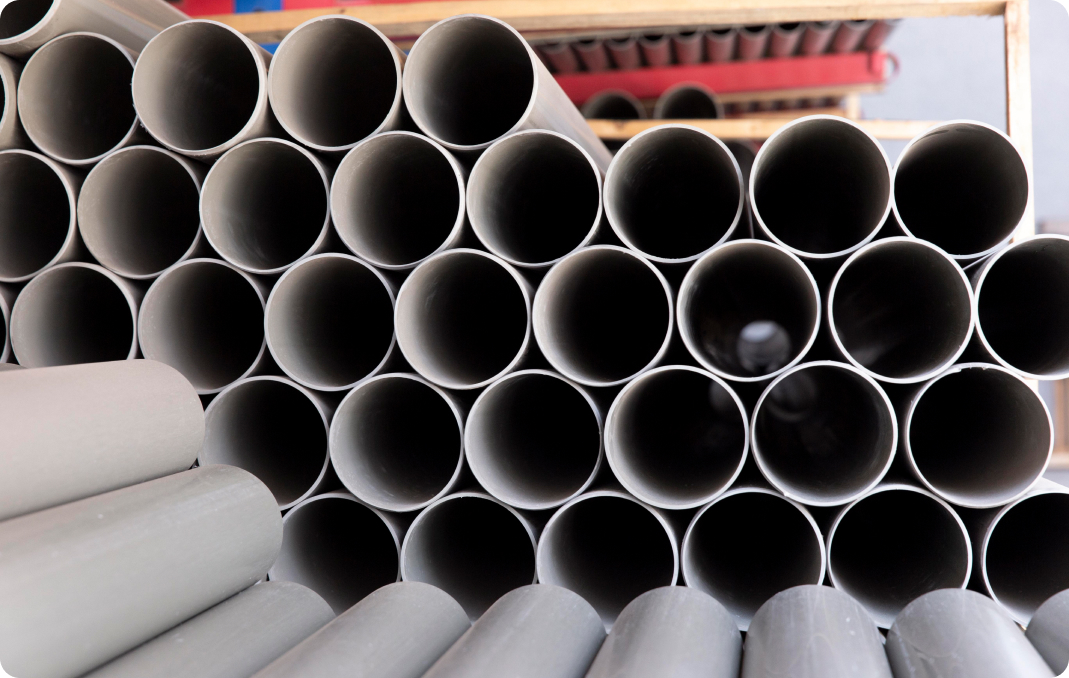The PVC pipe market continues to show steady growth, driven by its widespread use in sectors such as construction, infrastructure, and agriculture. This material stands out for its strength, durability, and low cost, making it an ideal choice for applications requiring efficient and versatile solutions.
In Europe, PVC pipes account for a significant portion of plastic production, with a balance between rigid and flexible products designed to meet diverse needs. This growth is closely tied to the recovery of the construction sector, which has seen consistent increases in recent years due to public and private investments in new projects.
However, PVC pipe production faces significant challenges. These include the need to manufacture a wide range of diameters and thicknesses without compromising quality, as well as optimizing extrusion processes to prevent material degradation. Additionally, the pressure to reduce setup times and waste in manufacturing plants has driven producers to seek more advanced technological solutions.
Recent advances in the design of dies and extruders have made a key difference in the industry. These innovations allow for greater production flexibility, improve energy efficiency, and minimize downtime during configuration changes. This not only enhances the quality of the final product but also contributes to process sustainability by reducing material waste.
In conclusion, the PVC pipe market is emerging as a dynamic sector, driven by a combination of growing demand, technological innovation, and a commitment to efficiency and sustainability. This material remains a critical solution across various industries, offering opportunities for both manufacturers and end users.
